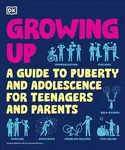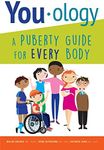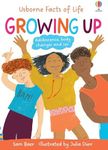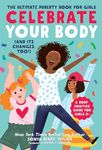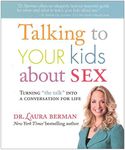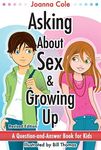Buying Guide for the Best Puberty Books For Kids
Choosing the right puberty book for kids is an important step in helping them understand the changes their bodies and minds will go through. The best book will be age-appropriate, easy to understand, and sensitive to the needs and questions of children. When picking a book, consider the child's maturity, curiosity, and the kind of information you want them to have. A good puberty book can open up healthy conversations and provide reassurance during a time of many changes.Age AppropriatenessAge appropriateness refers to how well the book matches the developmental stage and understanding of the child. This is important because younger children need simpler explanations and less detail, while older kids can handle more complex information. Books are often divided into those for early elementary, preteens, and teens. For younger kids, look for books with simple language and illustrations. For preteens, books can include more detail about physical and emotional changes. Choose a book that matches your child's age and maturity to ensure the information is both understandable and comfortable for them.
Content CoverageContent coverage means what topics the book includes, such as physical changes, emotional changes, hygiene, relationships, and sometimes sexuality. This is important because you want the book to answer the questions your child might have, but not overwhelm them with too much information at once. Some books focus only on the basics of puberty, while others go into more detail about relationships and feelings. Think about what your child is ready to learn and what you want them to know, and pick a book that covers those topics at the right depth.
Language and ToneLanguage and tone refer to how the book communicates its information—whether it is friendly, reassuring, scientific, or humorous. This matters because kids are more likely to read and understand a book that feels approachable and relatable. Some books use a light, conversational style, while others are more formal or clinical. Consider your child's personality and what style will make them feel comfortable and engaged. A book that matches their reading level and feels welcoming will be more effective.
Illustrations and VisualsIllustrations and visuals are the pictures, diagrams, and drawings in the book. These are important because they help explain complex ideas and make the information less intimidating. Some books have lots of colorful pictures, while others use simple diagrams or very few visuals. Younger children often benefit from more illustrations, while older kids may prefer less. Think about how your child learns best—if they like pictures, choose a book with clear, age-appropriate visuals.
Inclusivity and SensitivityInclusivity and sensitivity refer to how well the book addresses different backgrounds, genders, and experiences. This is important because every child is unique, and a book that recognizes diversity can help all kids feel seen and respected. Some books focus only on one gender, while others are inclusive of all genders and family types. Consider your child's identity and what will make them feel comfortable and supported. A sensitive, inclusive book can help children feel confident and accepted during puberty.




